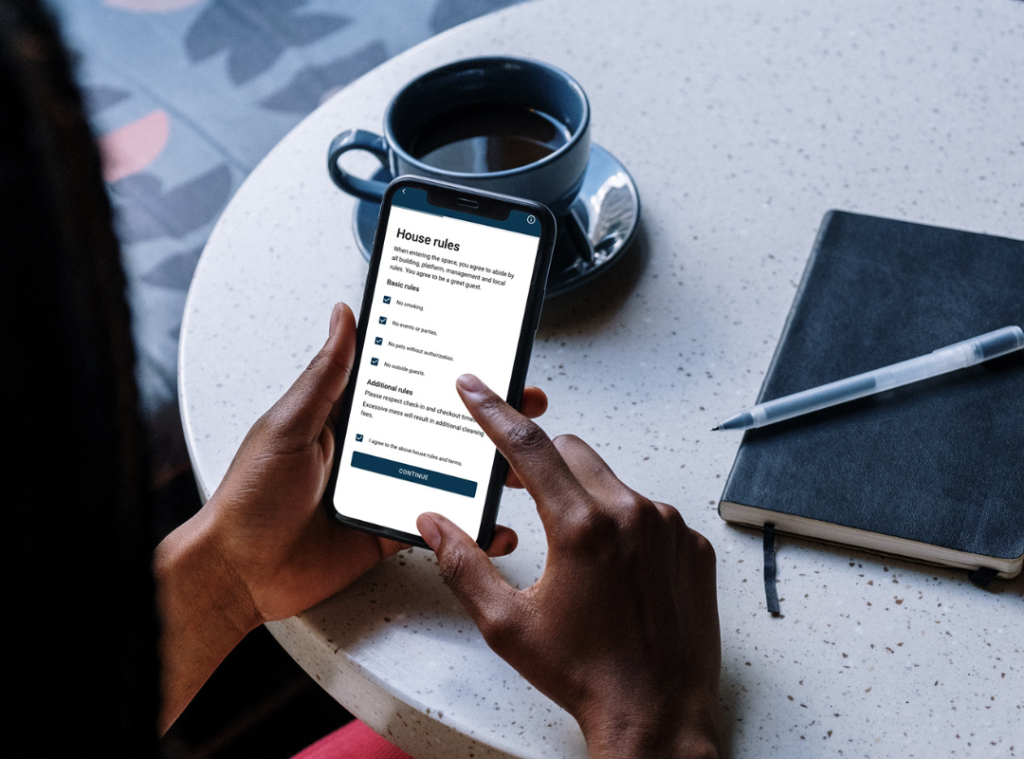The short-term rental industry faces challenges and opportunities in 2025 that require sharp foresight and creative approaches.
This is not a moment for superficial updates but for substantive strategy shifts that align with new guest expectations and economic realities. Operators who seize these trends with clarity and conviction will stand apart in a highly competitive market.
Here are ten key trends reshaping the hospitality landscape for short-term rentals in 2025—and what they mean for those looking to stay ahead.
1. Redefining Personalization Through Data Intelligence
Personalization has become an industry standard, but 2025 pushes it to new heights with deeper use of guest data. Today’s travelers expect accommodations that anticipate their preferences before they even step through the door. From pre-arrival surveys integrated into booking platforms to smart-home systems that adjust settings to match guest comfort preferences, rentals must feel uniquely tailored.
However, there’s a fine line between personalized service and invasive tracking. Striking this balance requires transparency about how data is used. Operators can win guest trust by implementing systems that let travelers opt in or out of certain personalization features, giving them control while demonstrating respect for privacy.
2. Expanding the Work-from-Anywhere Model
Remote work isn’t just a trend; it’s the new norm. Short-term rentals that cater to this demographic with purpose-built workspaces are no longer a nice-to-have—they are essential. But offering a desk and strong Wi-Fi isn’t enough. In 2025, it’s about creating workspaces that inspire productivity and creativity.
Think ergonomic furniture, natural lighting, noise-reduction features, and seamless access to tech. Properties with dedicated areas for coworking or “creative hubs” will see stronger demand, especially if they are in destinations that blend work and play. Highlighting nearby networking opportunities or local workshops can further boost appeal for this growing audience.
3. Experiential Living: The Stay as a Story
Travelers in 2025 crave more than convenience—they want memorable, one-of-a-kind stays. Properties that evoke curiosity and offer a sense of place are outperforming cookie-cutter options. This could mean a yurt with stargazing panels, a treehouse in the woods, or a luxury tiny home designed by a local architect.
For short-term rental operators, embracing experiential living doesn’t require building from scratch. Small touches like offering locally sourced products, partnering with regional artisans, or integrating design elements inspired by the area can elevate a property into something unforgettable.
4. Eco-Conscious Practices as a Baseline Expectation
Sustainability is no longer a niche preference; it’s a baseline expectation for 2025 travelers. Rentals that prioritize eco-friendly features—such as energy-efficient appliances, solar panels, and waste reduction systems—are attracting eco-conscious guests and, increasingly, the general market.
Beyond infrastructure, rentals should incorporate sustainable partnerships. Aligning with local businesses for experiences or supplies not only reinforces eco-principles but also bolsters the sense of community that modern guests value.
5. Shorter Stays with Maximum Impact
The rise of “microcations” continues to shape booking behavior. Travelers, particularly millennials and Gen Z, are opting for shorter, high-intensity trips. Rentals positioned as weekend getaways or quick escapes are thriving, particularly if they deliver value in a condensed timeframe.
Operators must think about how to make a three-night stay feel like a weeklong retreat. From offering pre-planned itineraries to ensuring smooth check-in and check-out processes, the focus should be on maximizing convenience and enjoyment for time-strapped guests.
6. On-Site Wellness Amenities
The demand for wellness-focused travel is rising, with guests looking for accommodations that offer relaxation and rejuvenation without requiring additional travel. In the short-term rental space, this could mean incorporating wellness features like hot tubs, saunas, yoga decks, or even simple touches such as meditation spaces and aromatherapy diffusers.
Investing in wellness doesn’t always mean adding expensive infrastructure. Providing easy-to-follow guides for mindfulness activities, connecting guests with local practitioners, or supplying basic fitness equipment can also enhance the wellness appeal of a property.
7. Inclusive and Multi-Generational Design
Family and multi-generational travel continues to grow, requiring properties to rethink layout and amenities. Homes with flexible spaces that cater to toddlers, teens, parents, and grandparents alike are in high demand.
Key features include kid-proofed areas, bedrooms on separate floors for added privacy, and outdoor spaces that encourage shared activities. Rentals that manage to blend family-friendly features with touches of luxury are especially well-positioned to succeed in 2025.
8. The Local Host Advantage
While some guests lean towards automated, self-check-in experiences, others want the warmth and expertise of local hosts. The hybrid model—where technology handles logistics but hosts remain available for personalized recommendations—strikes the perfect balance.
Guests in 2025 value genuine connections. Rentals that go beyond handing over a key to offer insight into hidden gems, neighborhood events, or even local traditions will resonate deeply. Host-operated welcome kits with a personal touch are a low-cost way to build that connection.
9. Revolutionizing Urban Rentals for a “Post-Commute” World
Urban rentals must adapt to a new paradigm: cities aren’t just for work anymore. With hybrid schedules and remote work removing the daily commute for many, travelers are rediscovering urban centers as leisure destinations.
This shift calls for rentals to rethink their amenities and marketing. Instead of focusing solely on proximity to business districts, highlight nearby cultural, dining, and recreational offerings. Properties that adapt to this mindset—such as lofts with skyline views or apartments near vibrant arts scenes—will remain competitive.
10. Flexible Pricing Models and Longer Booking Windows
Economic uncertainty has made travelers more price-sensitive, but it’s also extended booking windows as people plan further in advance. Operators who experiment with dynamic pricing tools can find the right balance between securing early bookings and optimizing last-minute rates.
Offering tiered pricing for additional services—like early check-ins, late check-outs, or upgraded amenities—can also boost revenue while giving guests the flexibility they crave. At the same time, clear and transparent pricing is critical to building trust.
2025 presents opportunities for short-term rental operators willing to move beyond surface-level strategies and embrace innovation. By prioritizing personalization, sustainability, and experiential travel while adapting to emerging guest behaviors, rental owners can position themselves as leaders in the industry.
The key is action—reading the trends is only the first step. Implementing them creatively, with a clear focus on guest satisfaction, is where the transformation happens.



























